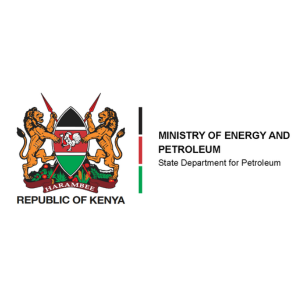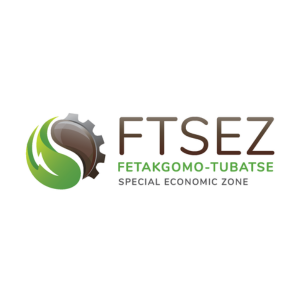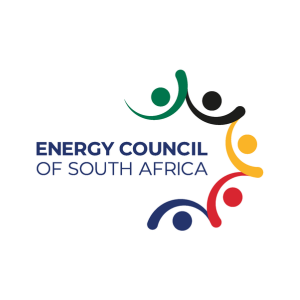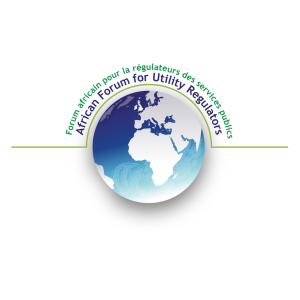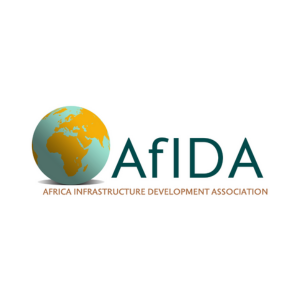Mar 10 | 2021
An introduction to South Africa’s carbon tax.
What is a carbon tax?
In its simplest form, a carbon tax (also known by other names including carbon price, pollution tax etc.) is a fee imposed on businesses or motor vehicle users for the carbon emissions they produce – usually by burning hydrocarbons. The purpose of such a tax is to incentivise the reduction and eventual elimination of fossil fuels.
According to Wood Mackenzie, “58 countries currently have a carbon price regime in place and a further 16 countries are developing carbon policies.” Most of these are highly polluting developed nations, including the United Kingdom, South Korea and Australia. However, the profile of such taxes is also growing in Africa, with Burkina Faso, Côte d’Ivoire, Nigeria, Rwanda and Senegal expressing an interest in advancing carbon pricing at a domestic level (as stated by Africa Climate Week).
South Africa’s carbon tax
First tabled in 2015, South Africa’s carbon tax came into effect on June 1 2019. In its first phase, until the end of 2022, the tax applies only to so-called “scope one” or direct emissions of carbon dioxide, methane, nitrous oxide, perfluorocarbons, hydrofluorocarbons and sulphur hexafluoride. Only entities with a thermal capacity of around 10 megawatts are subject to the tax in the first phase. For context, 10 megawatts of a coal power station’s capacity can supply around 6,500 average homes, according to South Africa’s state utility Eskom.
The second phase of the carbon tax will be from 2023 to 2030 and will widen the scope of the tax. More on this below.
What has it achieved so far?
When implemented, the South African carbon tax was designed to be relatively low to provide current significant emitters time to transition their operations to cleaner technologies through investments in energy efficiency and renewable energy. However, detractors argue that the tax scheme – which started at R120 per tonne in 2019 and is currently priced at R134 as of the country’s January 2021 budget – is too lenient.
A recent PwC report noted that with a generous basic allowance and other available exemptions, companies can easily bring the effective rate down to between R0.35 and R50.80 per tonne. This is much lower than the International Monetary Fund’s recommended carbon tax of $75USD per tonne required to keep global warming below two degrees Celsius.
What does this mean for the future?
A review of the impact of South Africa’s carbon tax is planned before the second phase comes into play at the beginning of 2023. This will consider the progress made to reduce greenhouse emissions in line with the country’s Nationally Determined Contributions Commitments as set out in the Paris Agreement. Changes to rates and carbon tax-free thresholds will likely follow the review.
Going forward, there’s no doubt that the G20’s most carbon intensive economy and world’s 14th largest polluter must strike a delicate balance between driving forward a green agenda, without burdening poorer taxpayers and stifling economic growth. Though imperfect, the carbon tax must continue to be refined – especially loopholes related to renewable energy premium tax deductions and carbon capture and storage – and remain a core part of South Africa’s energy transition strategy.
For an in-depth analysis of South Africa’s planned energy projects and energy policy landscape, join Green Energy Africa Summit 2022. Enquire about attending.
In its simplest form, a carbon tax (also known by other names including carbon price, pollution tax etc.) is a fee imposed on businesses or motor vehicle users for the carbon emissions they produce – usually by burning hydrocarbons. The purpose of such a tax is to incentivise the reduction and eventual elimination of fossil fuels.
According to Wood Mackenzie, “58 countries currently have a carbon price regime in place and a further 16 countries are developing carbon policies.” Most of these are highly polluting developed nations, including the United Kingdom, South Korea and Australia. However, the profile of such taxes is also growing in Africa, with Burkina Faso, Côte d’Ivoire, Nigeria, Rwanda and Senegal expressing an interest in advancing carbon pricing at a domestic level (as stated by Africa Climate Week).
South Africa’s carbon tax
First tabled in 2015, South Africa’s carbon tax came into effect on June 1 2019. In its first phase, until the end of 2022, the tax applies only to so-called “scope one” or direct emissions of carbon dioxide, methane, nitrous oxide, perfluorocarbons, hydrofluorocarbons and sulphur hexafluoride. Only entities with a thermal capacity of around 10 megawatts are subject to the tax in the first phase. For context, 10 megawatts of a coal power station’s capacity can supply around 6,500 average homes, according to South Africa’s state utility Eskom.
The second phase of the carbon tax will be from 2023 to 2030 and will widen the scope of the tax. More on this below.
What has it achieved so far?
When implemented, the South African carbon tax was designed to be relatively low to provide current significant emitters time to transition their operations to cleaner technologies through investments in energy efficiency and renewable energy. However, detractors argue that the tax scheme – which started at R120 per tonne in 2019 and is currently priced at R134 as of the country’s January 2021 budget – is too lenient.
A recent PwC report noted that with a generous basic allowance and other available exemptions, companies can easily bring the effective rate down to between R0.35 and R50.80 per tonne. This is much lower than the International Monetary Fund’s recommended carbon tax of $75USD per tonne required to keep global warming below two degrees Celsius.
What does this mean for the future?
A review of the impact of South Africa’s carbon tax is planned before the second phase comes into play at the beginning of 2023. This will consider the progress made to reduce greenhouse emissions in line with the country’s Nationally Determined Contributions Commitments as set out in the Paris Agreement. Changes to rates and carbon tax-free thresholds will likely follow the review.
Going forward, there’s no doubt that the G20’s most carbon intensive economy and world’s 14th largest polluter must strike a delicate balance between driving forward a green agenda, without burdening poorer taxpayers and stifling economic growth. Though imperfect, the carbon tax must continue to be refined – especially loopholes related to renewable energy premium tax deductions and carbon capture and storage – and remain a core part of South Africa’s energy transition strategy.
For an in-depth analysis of South Africa’s planned energy projects and energy policy landscape, join Green Energy Africa Summit 2022. Enquire about attending.






